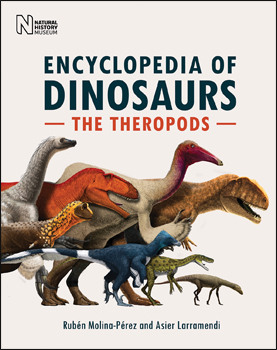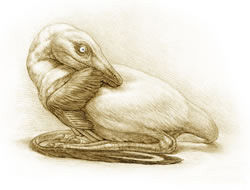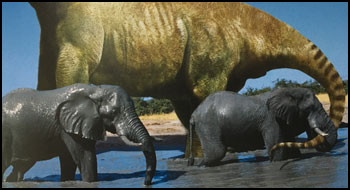The New Edition of the Encyclopedia of Dinosaurs
A New Book About Dinosaurs – “Encyclopedia of Dinosaurs”
Everything Dinosaur has been sent a new book about prehistoric animals for them to review. The book is entitled “Encyclopedia of Dinosaurs – The Theropods”. Written by Rubén Molina-Pérez and Asier Larramendi, the book focuses on the Theropoda, a suborder of the Dinosauria, perhaps the most diverse and speciose of all the dinosaur suborders.
The Front Cover of the “Encyclopedia of Dinosaurs – The Theropods”
Picture credit: Natural History Museum (London)
The Theropoda (Beast Feet)
In this beautifully illustrated book, the focus is very much on the Theropoda (beast feet). Theropod dinosaurs ruled the planet from millions of years, ranging from the some of the smallest dinosaurs known to science to the mighty carnivores such as Allosaurus, Carcharodontosaurus and Tyrannosaurus rex. Crammed full of colour reconstructions and illustrations with vivid, user-friendly graphics and text, this book is a great addition to the book collection of dinosaur fans. Published by the Natural History Museum, we have received an advance copy of this book so we can produce a review of this new publication.
Described as a stunningly illustrated guide packed with everything you could ever wish to know about the Theropoda, this new dinosaur book is aimed at academics as well as the general reader.
“The Encyclopedia of Dinosaurs – The Theropods”
Title: “Encyclopedia of Dinosaurs – The Theropods”
Price: £30 (hardback format)
Size: 288 pages with colour illustrations throughout
Publication date: May 2019
ISBN: 978 0 565 09497 3
Visit the Everything Dinosaur website: Everything Dinosaur.




